Kizomba: features and basic movements

Tango, rumba, twist, tap dance are the most common names for dance styles. Their movements are known not only to qualified dancers, but also to those who are far from the art world. Well, over the past few years, the list has been supplemented with a kizomba dance.
Yes, the name is a little strange, even funny, but its meaning has a deep meaning, and the dance itself is a manifestation of feelings between partners. Romance, sensuality, sexuality - these are the characteristics that correspond to kizomba. And what is most important, there are no complicated combinations in this dance - the main thing is that every movement radiates "sex".
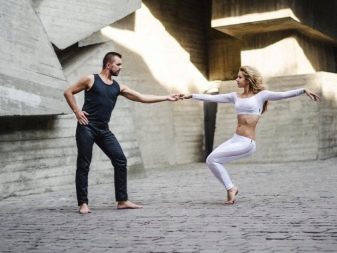
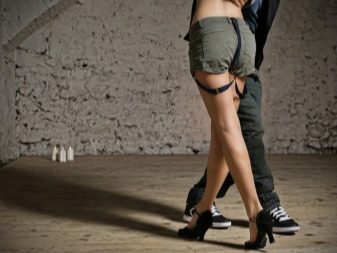
History of origin
It is impossible to say for sure how and under what circumstances the kizomba dance was formed. Various sources offer the most unusual stories, between which there are no points of contact. However, the most reliable version is that the birthplace of kizomba is Angola, a republic located in southwestern Africa. It is the African people who know how to properly present their feelings in dance. And the name corresponds to the African theme. Until the 90s, kizomba was not in demand. It contained banal movements that did not require special skills. Everything changed when the presented dance came to Europe.
Professional dancers put their heart and soul into the "upgrade" of the ligaments. Each dance step has acquired a special sensibility. Yes, kizomba mixed several styles, but this fact gave the dance a demand and popularity. The first to fall under the influence of kizomba was England, then Poland. By the way, it was in Warsaw that the World Kizomba Championship was held for the first time, where all interested dancers could take part.
Today, kizomba is equated with the most common dance styles.His movements can be seen not only at art contests, but also at discos.

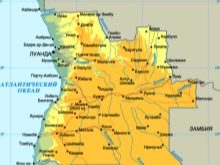
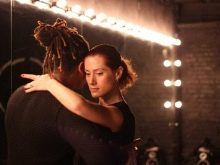
Dance style
Today, several styles of kizomba dance are distinguished - urban, tarrasha and traditional. Start with the traditional style. In simple terms, this is the Angolan specificity of the dance, which is used by Angolan and Portuguese dancers. This style is characterized by fluidity of movement and circular rotation for movement on the dance floor. Urban is a modernized traditional style. Mostly it is danced in France, other countries did not like this variation of movements. As for the movements themselves, the urban style is characterized by refined actions, sudden. The dancer must accelerate sharply and, if necessary, slow down. An important feature of kizomba urban is linear movement.
Tarrasha, or tarrashinha as it is also called, is the most unique style of kizomba. It requires the dancer to barely move on the dance floor, but at the same time perform different movements to the music. Ideally, this dance is performed by a couple. There should be dance contact between partners, understanding of each other's bodies. In general, kizomba is a dance for two, a dance of love, tenderness, intimacy. Kizomba is very popular in Brazil, Portugal, Angola. This dance is performed not only at parties, but even at carnivals.
Looking at the movements of the partners, it seems that there is a special energy between them, with which they charge each other. The dancers are in maximum proximity, from which sometimes they have to close their eyes.
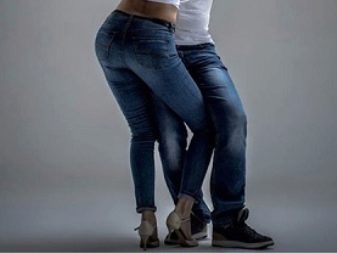
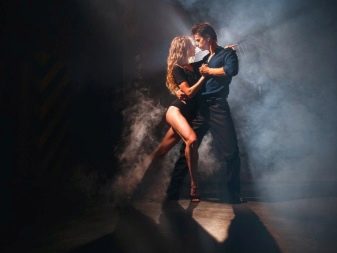
Despite the variety of dance styles presented, there is something in common between them.
- From the first second of music between partners, the most close contact must be formed, and it must be maintained throughout the dance.
- During the dance, partners should use the movements of the lower parts of the body, that is, hips, legs, buttocks. Numerous twists and turns would be very appropriate. Do not forget that any style of performance requires stepping and throwing your legs.
- During the dance, the partner should hold his pair with his right hand behind the back. And his left hand should clasp a woman's neck.
People who are far from the specifics of dance art often confuse kizomba with other dances, but most often with bachata. They are actually two different dances, and there are several important differences between them. First, the music. It differs in tempo, rhythm and, of course, style. Secondly, the ligaments and movements used. Well, now it is proposed to understand in more detail the intricacies of the single and double performance of kizomba.



Paired with
As mentioned earlier, kizomba is a dance of love, passion, sex, ecstasy. And the manifestation of such feelings alone is impossible. Only with a partner, only together. Kizomba can be compared to bodily communication between partners, where sparks of mutual understanding and interaction are vividly expressed. The partner leads his companion in the dance, she succumbs to all his demands, obediently follows his body movements, which is extremely important when performing a fire dance.
It is equally important that there is consistency between the partners. Every step, every turn must flow in symbiosis. Partners should feel each other subtly, anticipate all actions in advance.
When the dancers converge on the dance floor, they seem to merge into a single whole, become part of each other.
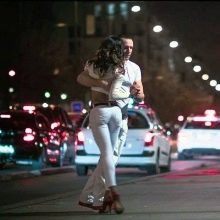
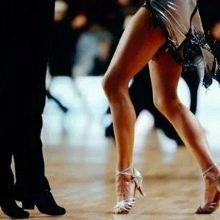
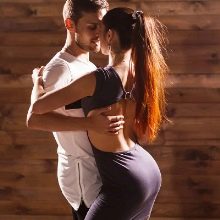
Solo
Single dance in general concerns only the fair sex. It is so extraordinary and so beautiful when a girl starts to move to the music. But here it is important to move correctly. For this, dance schools have even introduced lessons for female kizomba. There, the fair sex study the correctness of movements, exercise, develop the muscles of the body.
Extremely important, so that a woman, while performing her dance, does not just change step by turn, but does it with the most smooth, but at the same time, abrupt transition. Even the movement of a finger should fascinate those around you.The peculiarity of the solo kizomba is the ability to complement an already beautiful dance with new pirouettes, approaches, and turns.
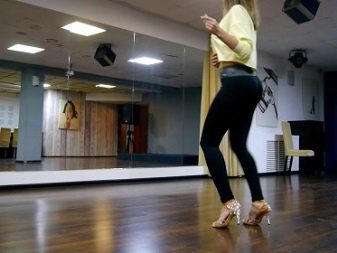
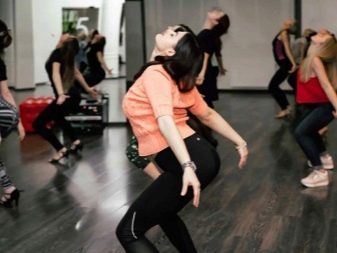
Music
Musical compositions created for the performance of kizomba are distinguished by rhythm, which is clearly visible in each note. The construction of each dance melody is based on dance squares. They, in turn, are formed according to the eighth count.
In order to learn the peculiarities and nuances of the kizomba dance, it is important to follow a few rules regarding music.
- It is necessary to listen, hear and catch the rhythm of the melody. Professional dancers take the rhythm of the composition from the first note. Novice lovers of kizomba will have a little more difficulty. They pick up the rhythm from the second square of the figure eight.
- The steps in the dance begin only when the rhythm arises. Until there is a clear rhythm, the dancer should perform smooth movements with the lower parts of the body.
- Even outside of dancing, performers should regularly listen to kizomba tunes. This nuance will help to imbue not only the rhythm, but also the tempo.
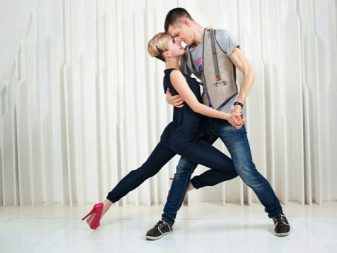
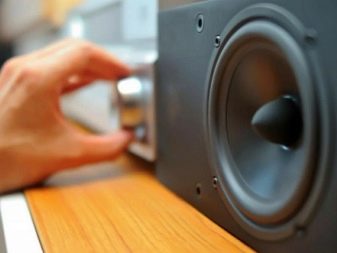
Well, now it is proposed to familiarize yourself with the list of the most popular melodies for the kizomba dance:
- Kataleya - Dava Turbo
- Vem Ca - Bheaven;
- Kaysha - Diamonds;
- Jey V - Te Kurto Bue;
- Mika Mendes ft Maryza - Sem Limite;
- Parar o tempo - Ravidson feat Mika Mendes.
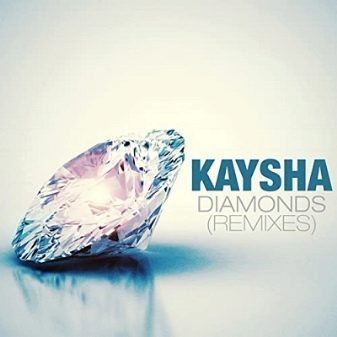

clothing
The question of the outfit for the kizomba dance leaves no dancer indifferent. Girls choose exclusively clothes that do not constrain or hinder movement, but at the same time emphasizes the figure, the beauty of the legs. Most often, the fair sex opt for tight tops and skirts. However, professional dancers wear light dresses with a comfortable slit for their performances.
For men, the choice is less diverse. They prefer trousers that do not constrain or restrict movement. The same goes for the outer garment. Sometimes passionate dancers give up the shirt altogether, putting on only accessories.

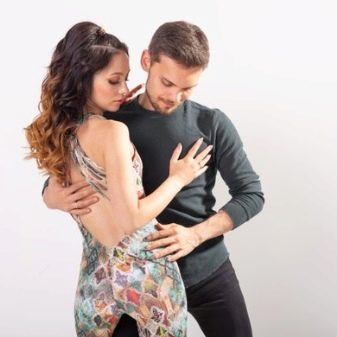
Speaking of accessories, kizomba dancers complement their outfits with bracelets, scarves, women insert flowers into their hair. Also used are ribbons, beads and much more.
Dancers pay special attention to shoes. This item of clothing should be as comfortable as possible. Representatives of the fair sex choose sandals with minimal heels, while men choose traditional shoes. It is important to consider that the sole should be the thinnest, the dancers should feel the floor base under their feet. In training, you can pull on moccasins, but performing the kizomba dance number is required in the appropriate shoes.



How to learn to dance?
Before embarking on studying the movements of the kizomba dance, it is important to delve deeper into its history. Only by understanding where the roots come from will it be possible to accept the existing features of the dance. Yes, the modern variation of kizomba has a lot of differences from its original appearance. And yet there were general requirements between them. First, the couple must simultaneously catch the musical tempo. Secondly, to be able to transmit the vibration of a piece of music by the body.
If you judge correctly, kizomba is more a ritual African dance performed by the inhabitants of local tribes to call the gods. And in fact, these movements are not difficult at all. Everyone can understand the basic steps by attending just one lesson. In principle, you don't even have to go to dance school, all body movements can be studied at home from scratch, and then hone your skills with your partner.
The main thing is to bring the plastic to the appropriate level. Flexible and fluid movements - that's what kizomba is all about.
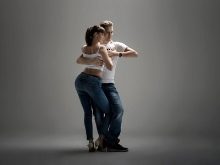
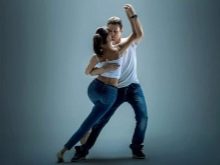
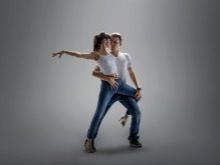
The first lessons for beginners involve learning the steps. It is important not to rush into this matter and memorize the sequence of movements of the partner. Men start a step with their left foot only, women start a dance with their right foot.Initially, it is recommended to learn how to shift from foot to foot on the spot, and only after mastering the correct move, begin to move on the dance floor.
The second movement to learn is the circular transition. The man with an attached step goes and turns to the left side, while the weight of his body is fixed on the left side, and the right free one, as if it remains in weightlessness, should be pushed back. The fair sex repeats the same movement. The third movement is more difficult. The dancer moves the left leg one step forward, then puts the right foot to the left, then the reverse move in a similar way. The woman repeats the same actions in a mirror image.



Anyone who loves dancing can cope with these movements. Well, for those who first decided to try themselves in the role of a dancer, it will be much more difficult. A special course has been developed for them, where a step-by-step study of all the nuances of dance takes place.
- Initially, it is important to familiarize yourself with the existing styles of kizomba and choose the option you like the most. Professional dancers, in turn, provide beginners with a few tips. For example, the traditional style uses strong, sometimes rude grips on the arms and waist. The urban style requires constant verticality of the partners' bodies, and this is quite difficult. In the tarrasch style, the closest contact of the chest, bent knees is visible.
- Practice is of the utmost importance. But this does not mean that you should dance exclusively with a partner. Perhaps alone. It is important just to learn to feel the rhythm, to be able to pause, to move in the rhythm. All this is acquired with constant practice, the body itself begins to respond to the musical composition.
- When studying the kizomba dance, you need to pay special attention to the opening and ending notes of the compositions. Most often they are calm, light. But at one point they switch to sharpness.
- It is necessary to learn how to quickly replay combinations of movements from slow to fast and in the opposite order. Sticking to one pace is inappropriate. The dancers themselves, and even the audience, will be bored to watch the couple move on the floor at an average speed of the bases of any sharp pirouettes.
- The dancer must learn to merge with the music into a single whole and transmit the emotions accumulated in his soul through the dance movements. Yes, kizomba is love, passion and sex. But there are a lot of other human states that just as vividly break free during the dance. It can be anger, fear, sadness, aggression.
- In the kizomba dance, it is allowed to repeat the same movement several times. For example, a dancer chooses several consecutive steps and repeats them two or three times at the beginning and end of the performance.
- Slowing down will help to emphasize the expressiveness of the kizomba. This highlight of the performance is perfect for the final notes of the composition. To create a high-quality contrast, the dancer must perform sharp movements that smoothly slow down and leave in one frozen step.
- Acceleration will help to decorate the dance, in which the dancer should leave as relaxed and liberated as possible. In this state, a person's movements become light, exciting.
- Experienced dancers advise kizomba beginners to learn to present themselves from the outside. So it will be possible to understand where and which part of the movement should be corrected or left unchanged. Side visibility makes it possible to understand the correct direction of movement. At times, dancers need to use frequent changes of direction to create an intriguing dance, and this is extremely important for fueling passion in the souls of the audience.
- In order for passion to arise in the dance, partners should learn to feel the music, or rather the musical pauses. It is at these moments that the couple should slow down and even stop.
- When composing a dance, partners must distinguish between the number of movements in terms of difficulty.Then arrange them in a suitable order for the composition. This is the only way dancers manage to create creative performances.


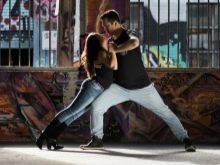
In the next video, you will find a mini kizomba lesson with the basic steps of the dance.








